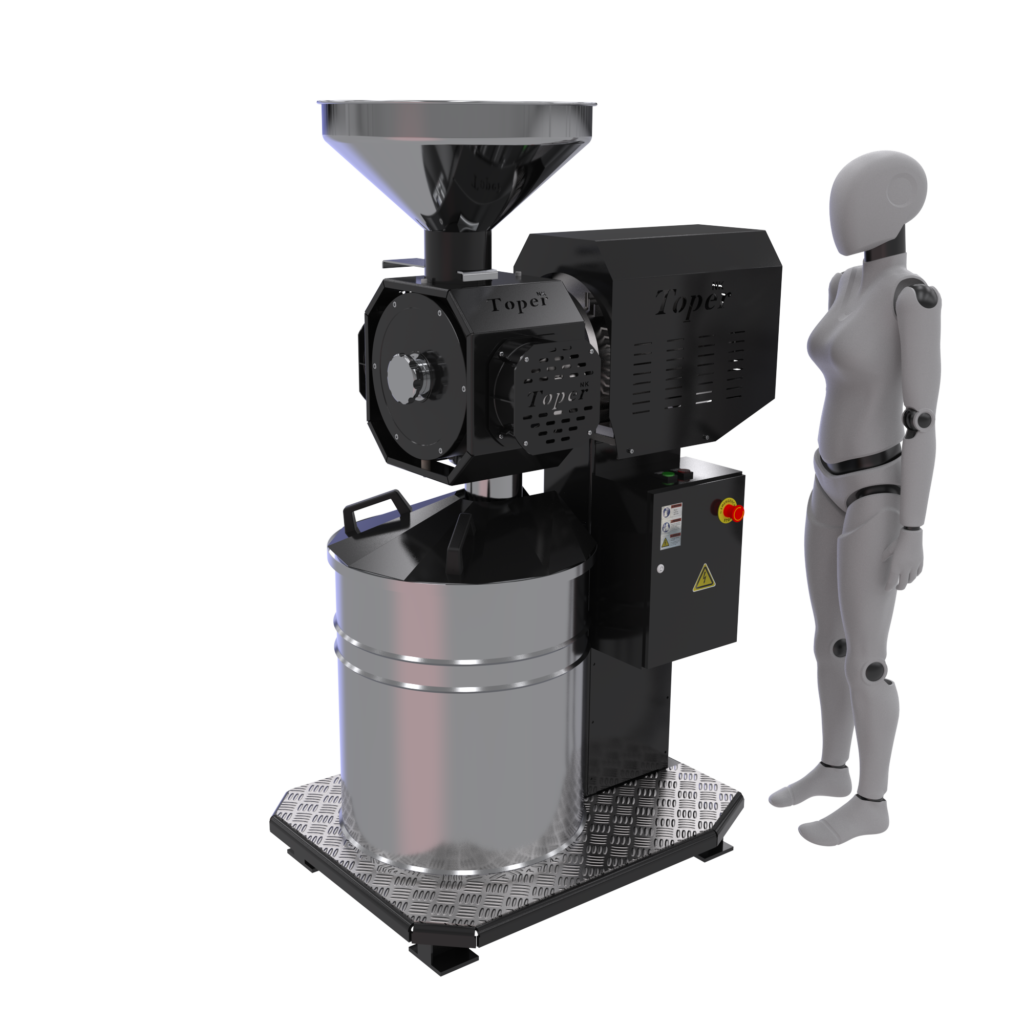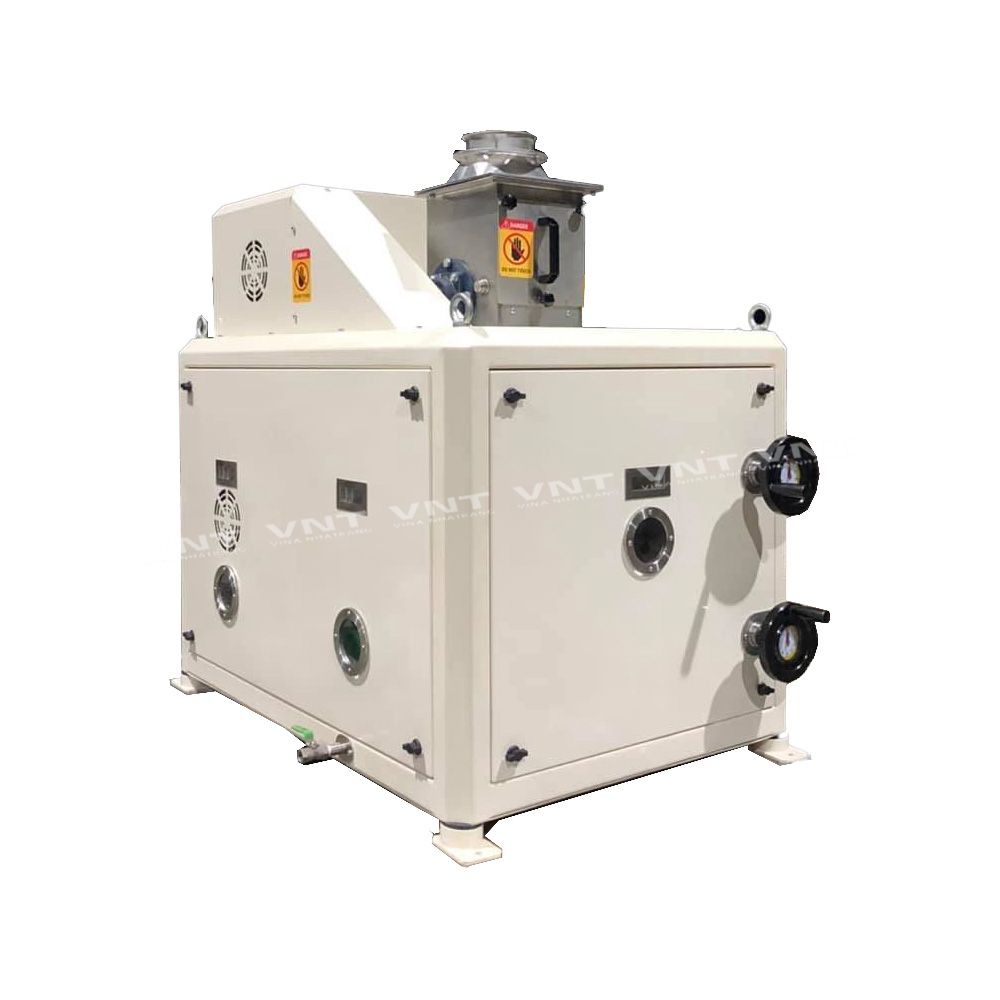A New User's Guide to Industrial Coffee Grinder Models
A New User's Guide to Industrial Coffee Grinder Models
Blog Article
Industrial Coffee Grinder Overview: Increase Efficiency and Top Quality
In the competitive landscape of coffee production, picking the appropriate commercial coffee mill plays a critical duty in boosting both performance and item top quality. Understanding the nuances of various mill kinds and key functions-- such as adjustable work settings and robust building-- can substantially affect the final taste account of the coffee.
Comprehending Grinder Types
When choosing an industrial coffee mill, recognizing the different types offered is critical for maximizing both taste extraction and functional efficiency. The two primary kinds of mills are blade mills and burr mills. Blade grinders make use of sharp blades that cut coffee beans into inconsistent sizes, leading to irregular removal and potentially undesirable flavors. While blade mills are commonly much more inexpensive and suitable for small operations, they are generally not recommended for commercial use.

Eventually, picking the best type of mill is essential to keeping quality and performance in coffee production, making it crucial for businesses to purchase high-quality burr grinders for optimal outcomes.
Trick Features to Think About
Picking an industrial coffee mill requires careful factor to consider of numerous key attributes that can considerably affect both efficiency and the total coffee experience. One of the main elements to assess is the grinding device. Burr mills are usually chosen over blade grinders, as they supply a regular grind dimension, which is important for ideal removal and taste.
An additional important attribute is the grinder's capacity. Depending on the volume of coffee you require to procedure, pick a version that can manage your needs without sacrificing speed or high quality. Furthermore, think about the work setups offered. A versatile grinder with multiple setups allows you to tailor the grind size to different developing methods, improving the coffee's flavor profile.
Assess the mill's sound level, especially in a hectic café or manufacturing environment, where extreme noise can be disruptive. Investing in a mill that balances these attributes can greatly improve both operational performance and the high quality of the coffee served.
Optimizing Grinding Process
To accomplish the best results in coffee prep work, his explanation maximizing the grinding procedure is important. The work size considerably influences removal, taste, and total quality of the brewed coffee.


Additionally, keeping an eye on the grinding speed can enhance the procedure. Slower grinding commonly generates much less warm, maintaining fragile tastes and fragrances. Alternatively, much faster grinding might produce extreme warm, negatively affecting the coffee's quality.
Upkeep and Care Tips
Correct upkeep and treatment of commercial coffee grinders are crucial for ensuring optimum efficiency and durability. Routine cleaning is the foundation of maintenance; deposit accumulation can impact flavor and grinding effectiveness. It is a good idea to clean up the grinder after each usage, cleaning down the exterior and removing any coffee premises from the burrs.
In addition, examine the grinding burrs for wear and tear. Plain burrs can endanger grind consistency, so they need to be changed as required. Industrial Coffee Grinder. Regularly calibrating the mill is likewise important, as this maintains the desired grind dimension for various developing techniques
Lubrication of moving components ought to be performed according to the supplier's specs, as this reduces friction and extends the life of the tools. It is vital to utilize food-grade lubricants to make certain security and compliance with wellness policies.
Last but not least, keep the mill in a steady and dry atmosphere to stop corrosion and rust. By adhering to these maintenance and treatment suggestions, drivers can enhance the effectiveness of their industrial coffee grinders while ensuring More Bonuses high-grade output and prolonged operational life.
Roi Evaluation
Reviewing the roi (ROI) for industrial coffee mills is vital for businesses seeking to optimize their coffee manufacturing capabilities. A comprehensive ROI evaluation helps determine the financial viability of buying high-quality grinders, enabling organizations to evaluate the preliminary expenses against prospective gains.
To carry out a thorough ROI analysis, companies ought to think about a number of essential aspects. Evaluate the purchase price of the grinder, including installation and any kind of essential alterations to existing facilities. Next, calculate operational expenses, consisting of power usage, maintenance expenditures, and labor performance improvements. High-performance grinders often bring about lowered grinding time and boosted throughput, which can substantially boost efficiency.
In addition, think about the effect on item high quality. Industrial Coffee Grinder. Superior grinders produce a more regular work dimension, which can enhance taste profiles and consumer contentment, inevitably driving sales. By increasing the quality of the final product, businesses can warrant higher rates, resulting in raised income
Conclusion
In recap, an industrial coffee mill plays a pivotal function in boosting both performance and item top quality within coffee production. By choosing top quality burr mills equipped with important attributes such as adjustable grind setups and durable building, businesses can make sure optimal flavor extraction. In addition, regular maintenance is critical for sustaining grinder performance and taking full advantage of consumer fulfillment. Eventually, the critical financial investment in a reliable grinder adds significantly to improved income and competitiveness in the coffee market.
In the competitive landscape of coffee production, selecting the right commercial coffee mill plays an essential duty in boosting both effectiveness and product quality. The two key kinds of mills are blade grinders and burr grinders. Within the burr mill classification, there are flat burr grinders and conical burr grinders, each with its advantages. Burr grinders are usually preferred over blade mills, as they give a constant grind dimension, which is critical for optimum extraction and taste.
In recap, an industrial coffee mill plays an essential function in improving both efficiency and item high quality within coffee production.
Report this page